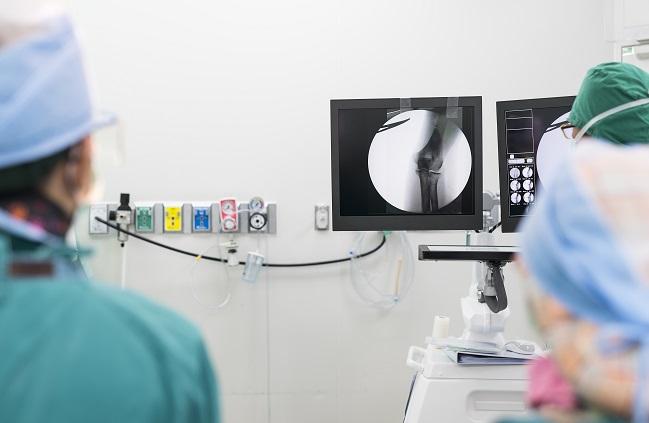Positive 6-Month Outcomes Seen With Endovascular Therapy for Symptomatic PAD: LIBERTY 360
The study included patients in Rutherford class 2 to 6 treated with any FDA-approved technology for claudication and critical limb ischemia.

HOLLYWOOD, FL—The benefit of peripheral vascular intervention (PVI) varies by baseline risk among patients with symptomatic, lower-extremity peripheral artery disease, according to 6-month data from the all-comers LIBERTY 360 trial.
Freedom from major adverse events, including TVR, death, and major amputation, was “seen across all Rutherford classes,” William A. Gray, MD (Main Line Health/Lankenau Heart Institute, Wynnewood, PA), reported yesterday at the International Symposium on Endovascular Therapy (ISET) 2017.
There also was “marked improvement in Rutherford classification at 6 months,” he said. Patients originally in class 4, 5, or 6 showed continued gains from 30 days to 6 months, whereas those in class 2 or 3 at baseline maintained their improvement at 6 months. Quality of life also improved versus baseline and held steady through 6 months.
“The results of this novel all-comers PAD study continue to suggest that PVI is an alternative to watchful waiting in Rutherford 2-3 and primary amputation in Rutherford 6. PVI can be successful in these populations as well,” Gray concluded. “In addition, it provides further evidence to support PVI as treatment in Rutherford 4-5.”
Any US Food and Drug Administration-approved technology to treat claudication and critical limb ischemia could be used in the trial, which enrolled 1,204 patients in Rutherford class 2 to 6. Most were treated with balloon and/or atherectomy. A minority underwent stenting. Around 75% of patients in the original cohort completed 6-month follow-up.
Freedom From Events at 6-Month Follow-up
|
|
Rutherford 2-3 |
Rutherford 4-5 |
Rutherford 6 |
|
Major Adverse Events |
92.6% |
81.2% |
73.7% |
|
Death |
97.1% |
95.3% |
85.1% |
|
Major Amputation |
99.8% |
96.8% |
87.1% |
|
TVR |
93.0% |
83.1% |
85.1% |
Twelve-month data on patency are forthcoming later this year, Gray said.
LIBERTY 360 is unique, he explained, in that “the majority of peripheral artery disease clinical device trials are supported by commercial manufacturers and are designed for regulatory device approval, with extensive inclusion/exclusion criteria to support homogeneous patient populations and reduce confounders.”
But high-risk patients with advanced disease “are often excluded, leading to difficulty in translating trial results into real-world clinical practice,” he added. “As a result, physicians have limited evidence regarding the broader, unrestricted use of endovascular devices for PAD.”
Session co-moderator Shaun Samuels, MD (Miami Cardiac and Vascular Institute, FL), characterized LIBERTY 360 as “extremely valuable,” both for the “huge amount of data” and for its analyses of treatment and outcome by Rutherford class. Moreover, he added, “this is one of the few studies where there is a sponsor that has a particular device in the space, but all comers—whether or not you use that device—were included. I wish more companies would follow suit.”
Caitlin E. Cox is News Editor of TCTMD and Associate Director, Editorial Content at the Cardiovascular Research Foundation. She produces the…
Read Full BioSources
Gray W. LIBERTY 360 study: 6-month outcomes of endovascular device intervention in patients with symptomatic lower extremity PAD. Presented at: ISET 2017. February 6, 2017. Hollywood, FL.
Disclosures
- LIBERTY 360 is sponsored by Cardiovascular Systems Inc.
- Gray reports holding stock in Biomedia, Conteso Medical, and Silk Road; serving as a consultant to Boston Scientific, Medtronic, Shockwave, WL Gore & Associates, Cook, St. Jude Medical, and Intact Vascular; and having research contracts with Boston Scientific, Intact Vascular, and WL Gore & Associates.
- Samuels reports having ownership in EndoVention and receiving royalties from Belluscura.


Comments